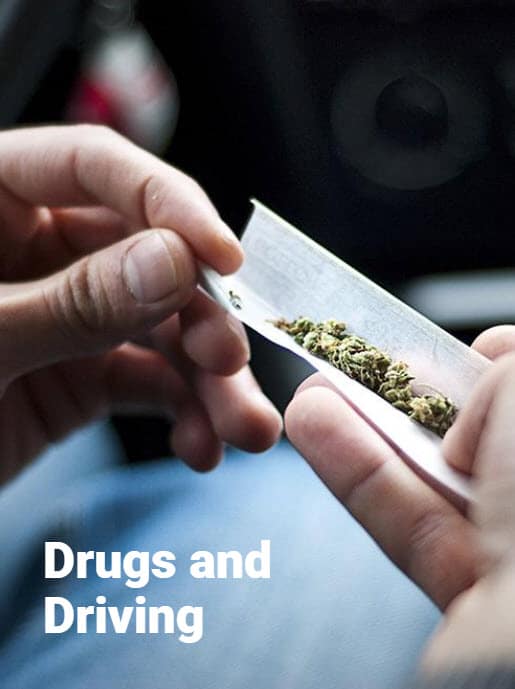Feel Different – Drive Different: The NHTSA’s National Campaign Shines Light on Drug-Impaired Driving

Overview
You can’t drive safely if you’re impaired. That’s why it’s illegal everywhere in America to drive under the influence of alcohol, marijuana, opioids, methamphetamines, or any potentially impairing drug–prescribed or over the counter. Driving while impaired by any substance—legal or illegal—puts you and others in harm’s way. Learn the latest research on drug-impaired driving, misconceptions about marijuana use, and what you can do to make smarter choices to drive safely.
The Issues
Many Substances Can Impair Driving
Many substances can impair driving, including alcohol, some over-the-counter and prescription drugs, and illegal drugs.
- Alcohol, marijuana, and other drugs impair the ability to drive because they slow coordination, judgment, and reaction times.
- Cocaine and methamphetamine can make drivers more aggressive and reckless.
- Using two or more drugs at the same time, including alcohol, can amplify the impairing effects of each drug a person has consumed.
- Some prescription and over-the-counter medicines can cause extreme drowsiness, dizziness, and other side effects. Read and follow all warning labels before driving, and note that warnings against “operating heavy machinery” include driving a vehicle.
Impaired drivers can’t accurately assess their own impairment – which is why no one should drive after using any impairing substances. Remember: If you feel different, you drive different.
Marijuana Impairs
There are many misconceptions about marijuana use, including rumors that marijuana can’t impair you or that marijuana use can actually make you a safer driver.
Several scientific studies indicate that this is false. Research shows that marijuana impairs motor skills, lane tracking and cognitive functions (Robbe et al., 1993; Moskowitz, 1995; Hartman & Huestis, 2013). A 2015 study on driving after smoking cannabis stated that THC in marijuana also hurts a driver’s ability to multitask, a critical skill needed behind the wheel.
NHTSA continues to conduct research to better understand the relationship between marijuana impairment and increased crash risk. NHTSA’s Drug and Alcohol Crash Risk Study found that marijuana users are more likely to be involved in crashes. However, the increased risk may be due in part because marijuana users are more likely to be young men, who are generally at a higher risk of crashes.
While evidence shows that drug-impaired driving is dangerous, we still have more to learn about the extent of the problem and how best to address it. In January 2018, NHTSA launched a new initiative to address drug-impaired driving. NHTSA’s National Drug-Impaired Driving Initiative brings together experts, including law enforcement officials, prosecutors, substance abuse experts and others, to discuss strategies that can reduce drug-impaired driving.
Responsible Behavior
We can all save lives by making smarter choices.
- If you use an impairing drug, designate a sober driver, call a cab, or use a ride-hailing service.
- Don’t let friends get behind the wheel if they’re under the influence of drugs or alcohol.
- Download NHTSA’s SaferRide app from Google Play or the iTunes Store to help you call a friend or taxi, pinpoint your location, and arrange to be picked up.
- If you’re hosting a party where alcohol or other substances will be used, it’s your job to make sure all guests leave with a sober driver.
- Always wear your seat belt—it’s your best defense against impaired drivers.
[Article source: National Highway Traffic Safety Administration]
If you or a loved one has a drug or alcohol problem, and need help, call The Council on Recovery at 713-942-4100 or contact us online.
